Da Vinci code: DNA could solve mystery of Leonardo's grave
Remains could unlock a wealth of information about painter's life – and show us how he really looked
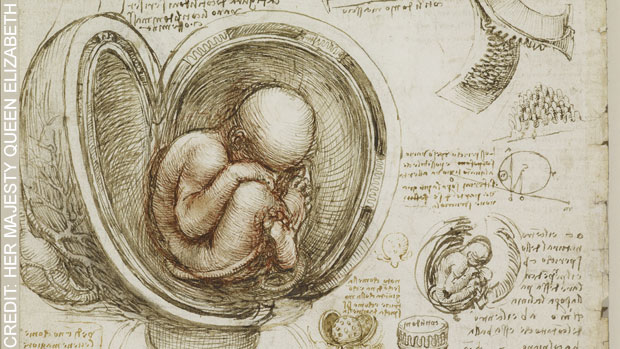
Scientists are combing Leonardo da Vinci's notebooks and sketches for DNA that might solve the mystery of where the Renaissance polymath is buried.
Da Vinci died on 2 May 1519, while in the service of Francis I of France, and was originally laid to rest in the chapel of Saint-Florentin at the royal Chateau d'Amboise in the Loire Valley.
However, the chapel was destroyed during the French Revolution and the artist's body considered lost.
The Week
Escape your echo chamber. Get the facts behind the news, plus analysis from multiple perspectives.

Sign up for The Week's Free Newsletters
From our morning news briefing to a weekly Good News Newsletter, get the best of The Week delivered directly to your inbox.
From our morning news briefing to a weekly Good News Newsletter, get the best of The Week delivered directly to your inbox.
A team of amateur archaeologists on the site later discovered remains they believed were those of da Vinci and had them re-interred in another chapel on the grounds, the Saint-Hubert, in 1874. A plaque refers to it as the "presumed" location of the artist and inventor's resting place.
Now experts in genetic testing from the J Craig Venter Institute in California are preparing to examine one of Da Vinci's most famous paintings, the Adoration of the Magi, for any traces of skin, hair or fingerprints which could belong to the Renaissance Master.
"It is well known that Leonardo used his fingers along with his brushes while painting, some prints of which have remained, and so it could be possible to find cells of his epidermis mixed with the colours," Jesse Ausubel, the vice chairman of the Richard Lounsbery Foundation, which is funding the project, told the Daily Telegraph.
Any genetic material the scientists uncover will be compared with Da Vinci's living relatives to establish whether it belonged to the Florentine artist.
A free daily email with the biggest news stories of the day – and the best features from TheWeek.com
DNA samples will then be taken from the presumed grave site to see whether the remains are those of Da Vinci, in a similar way to which scientists uncovered the grave of Richard III in a Leicester car park last year.
If the genetic testing proves that the Saint-Hubert chapel is Da Vinci's final resting place, the specialists will seek permission to exhume the remains. This would provide the opportunity to reconstruct the artist's face from his skull, test his bones to find out his diet and perhaps even discover the unknown illness which led to his death aged 67.
"We stand to gain not only greater historical knowledge of Leonardo, but possibly a reconstruction of his genetic profile, which could provide insights into other individuals with remarkable qualities," Ausubel said.
-
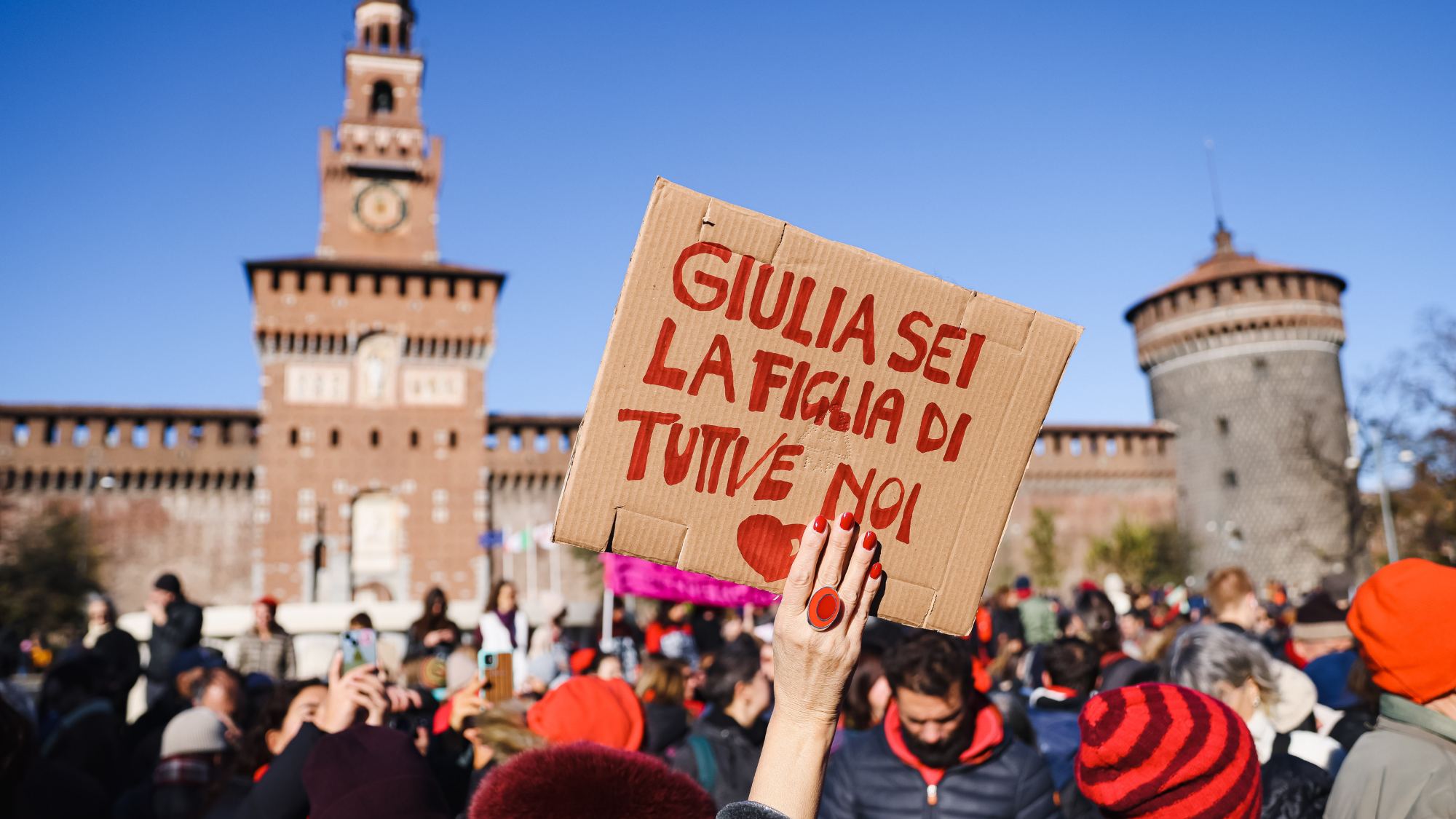 Femicide: Italy’s newest crime
Femicide: Italy’s newest crimeThe Explainer Landmark law to criminalise murder of a woman as an ‘act of hatred’ or ‘subjugation’ but critics say Italy is still deeply patriarchal
-
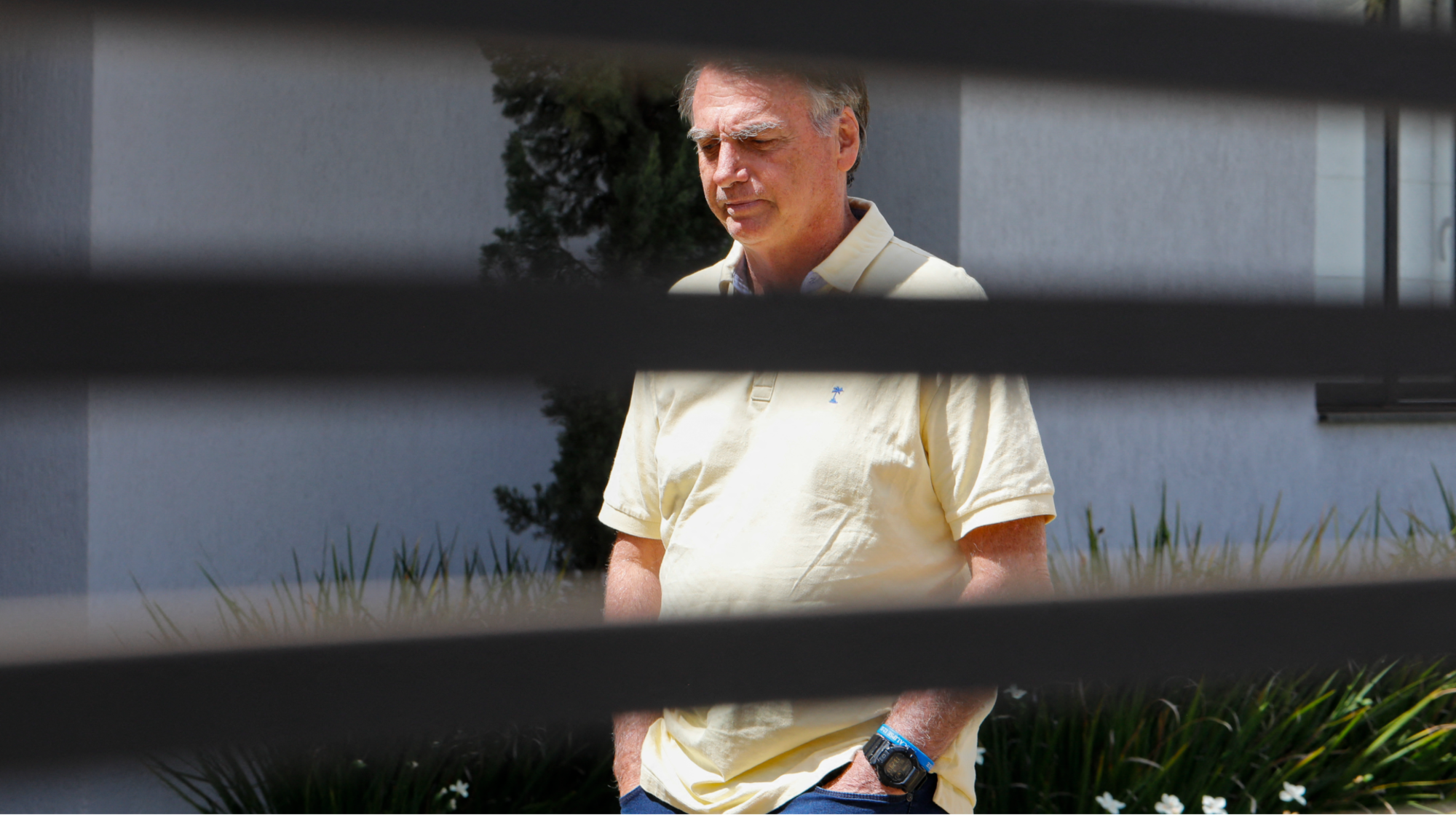 Brazil’s Bolsonaro behind bars after appeals run out
Brazil’s Bolsonaro behind bars after appeals run outSpeed Read He will serve 27 years in prison
-
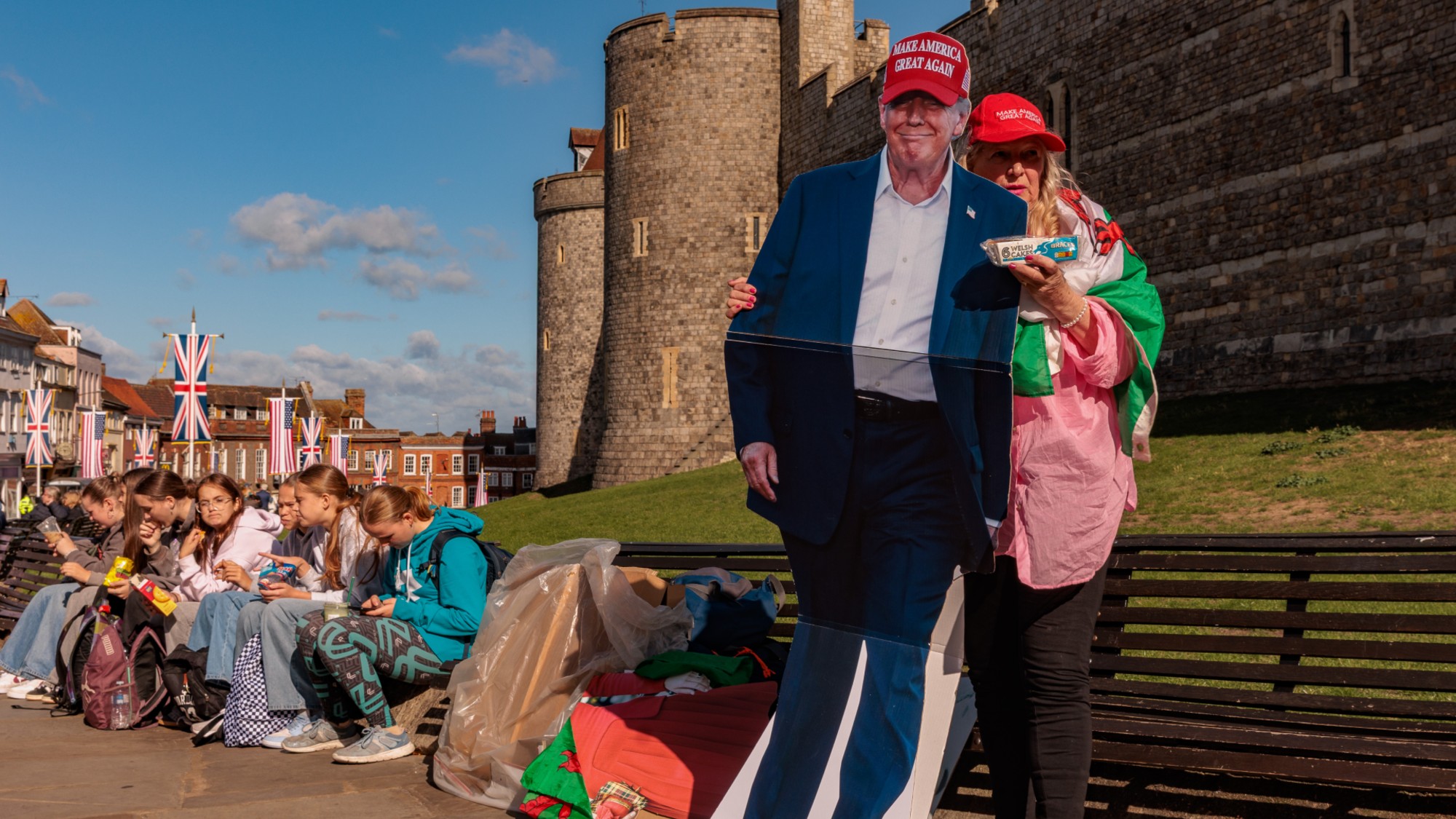 Americans traveling abroad face renewed criticism in the Trump era
Americans traveling abroad face renewed criticism in the Trump eraThe Explainer Some of Trump’s behavior has Americans being questioned
-
 Nigeria confused by Trump invasion threat
Nigeria confused by Trump invasion threatSpeed Read Trump has claimed the country is persecuting Christians
-
 Sanae Takaichi: Japan’s Iron Lady set to be the country’s first woman prime minister
Sanae Takaichi: Japan’s Iron Lady set to be the country’s first woman prime ministerIn the Spotlight Takaichi is a member of Japan’s conservative, nationalist Liberal Democratic Party
-
 Russia is ‘helping China’ prepare for an invasion of Taiwan
Russia is ‘helping China’ prepare for an invasion of TaiwanIn the Spotlight Russia is reportedly allowing China access to military training
-
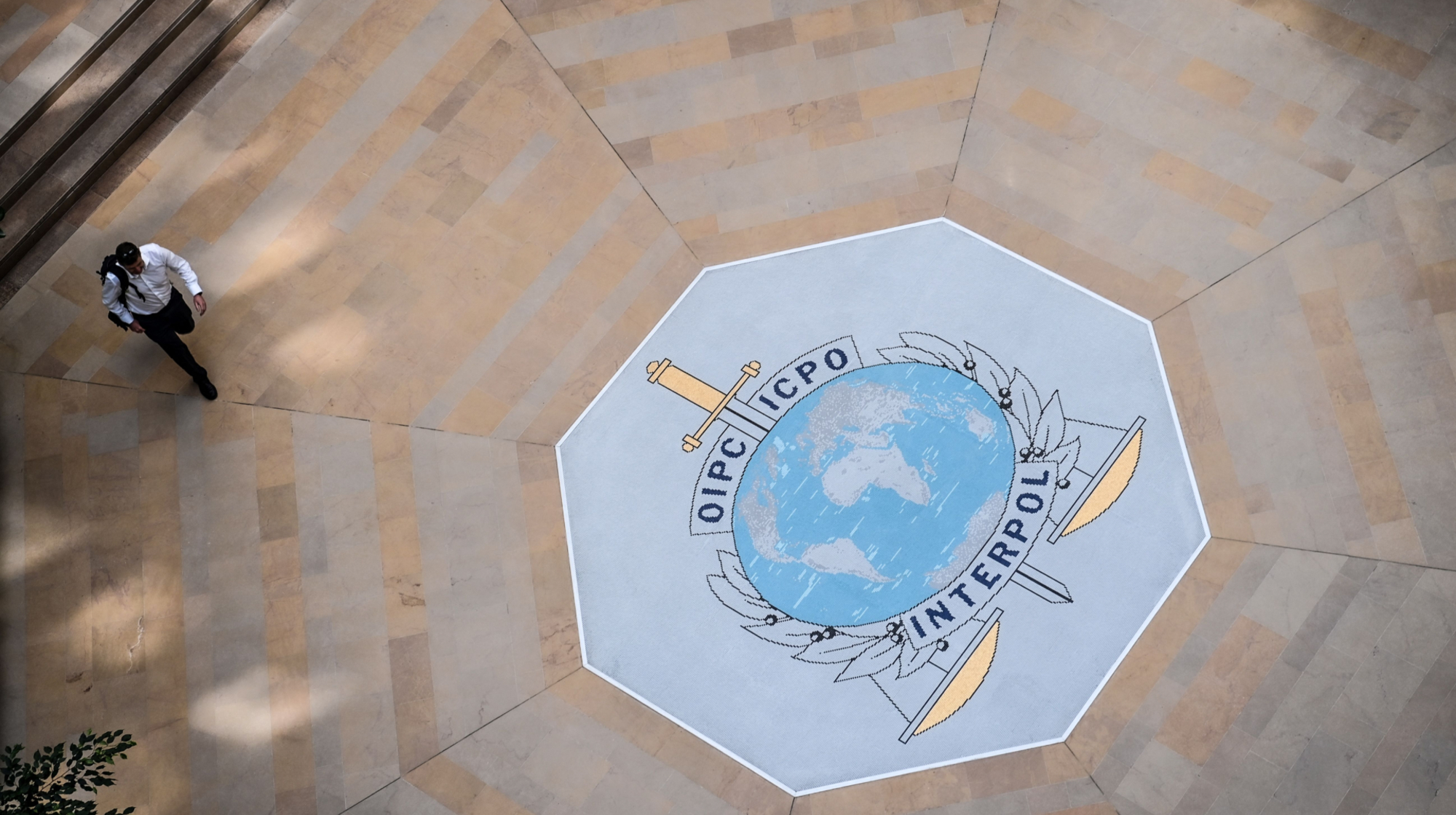 Interpol arrests hundreds in Africa-wide sextortion crackdown
Interpol arrests hundreds in Africa-wide sextortion crackdownIN THE SPOTLIGHT A series of stings disrupts major cybercrime operations as law enforcement estimates millions in losses from schemes designed to prey on lonely users
-
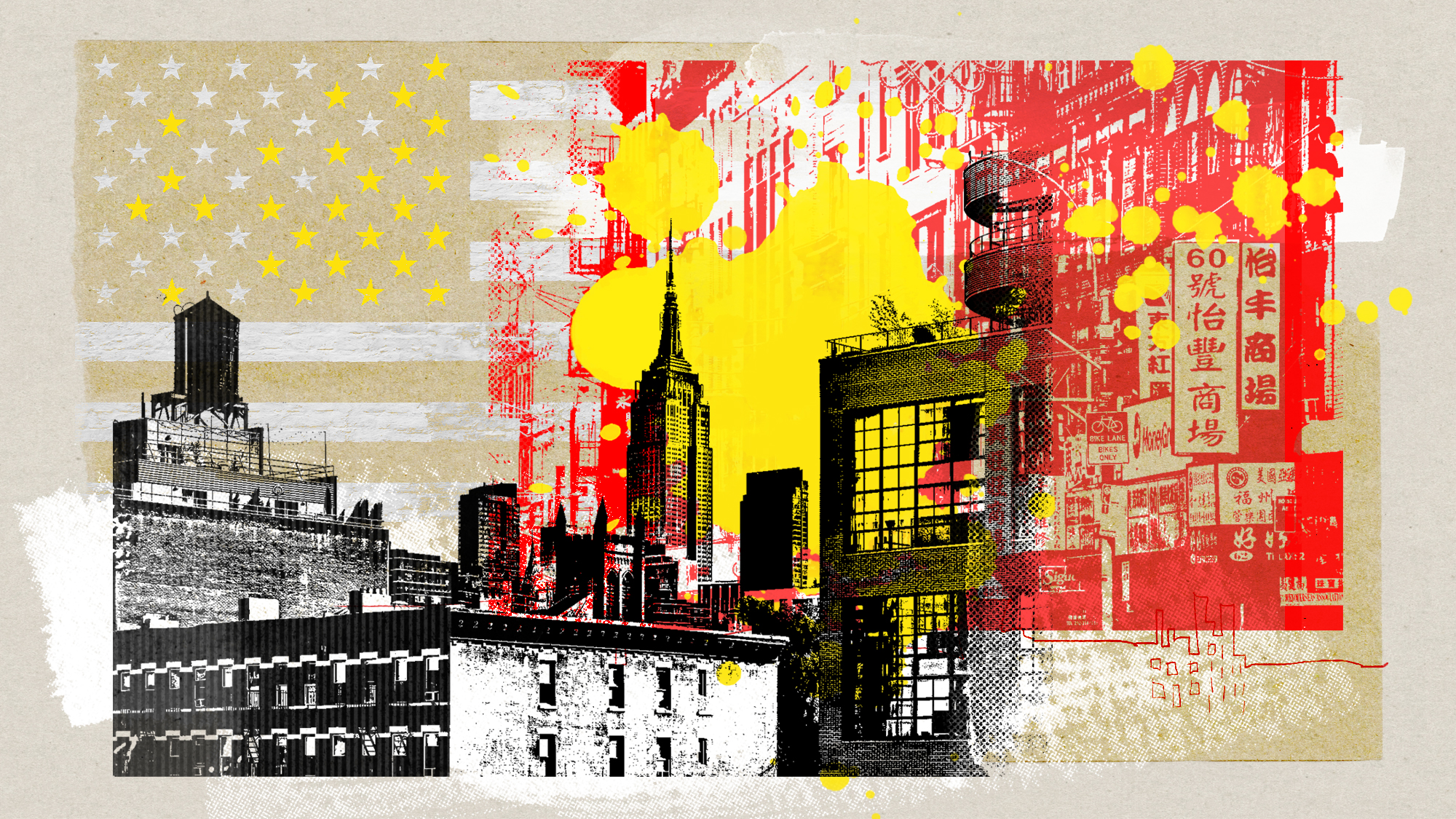 China is silently expanding its influence in American cities
China is silently expanding its influence in American citiesUnder the Radar New York City and San Francisco, among others, have reportedly been targeted

